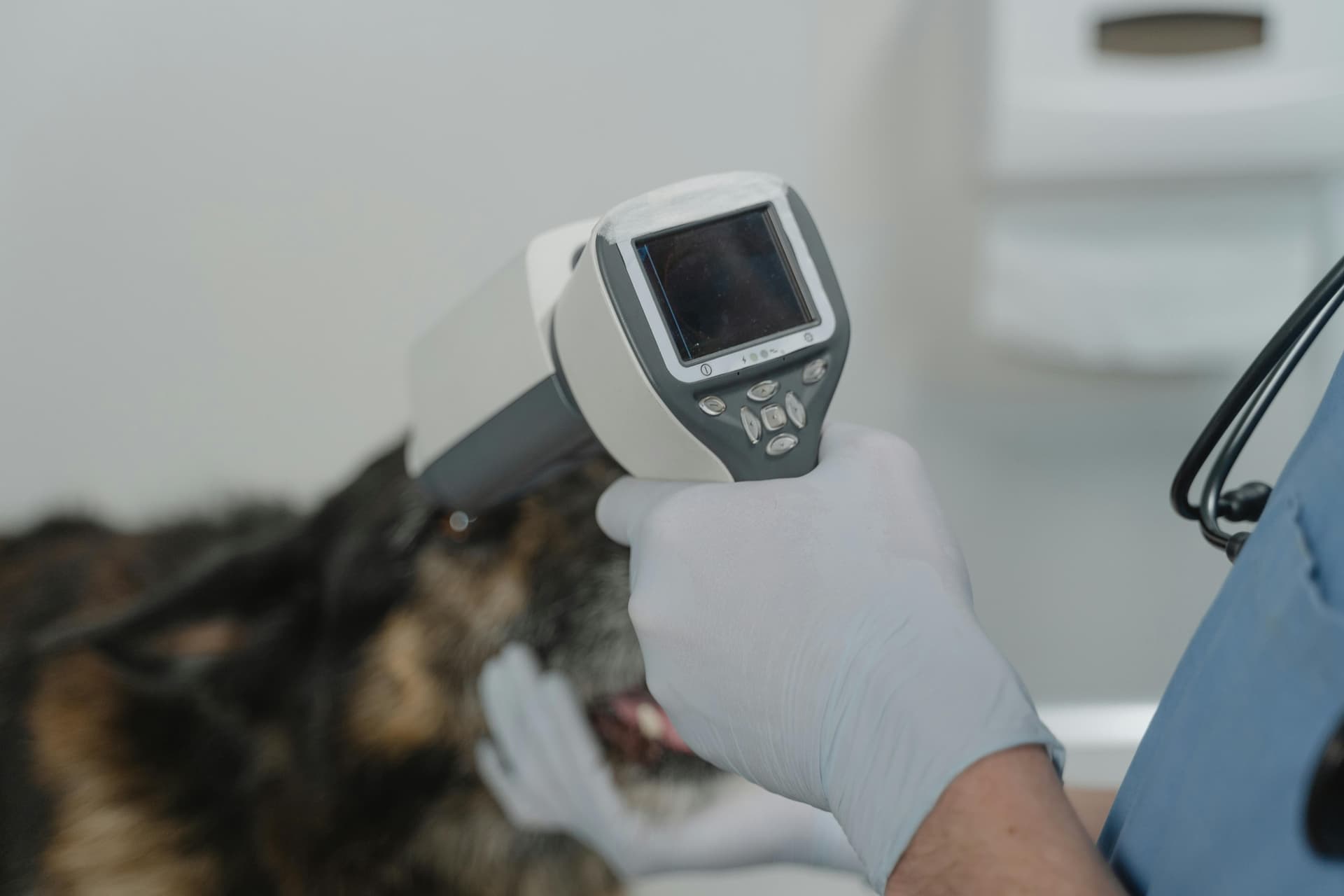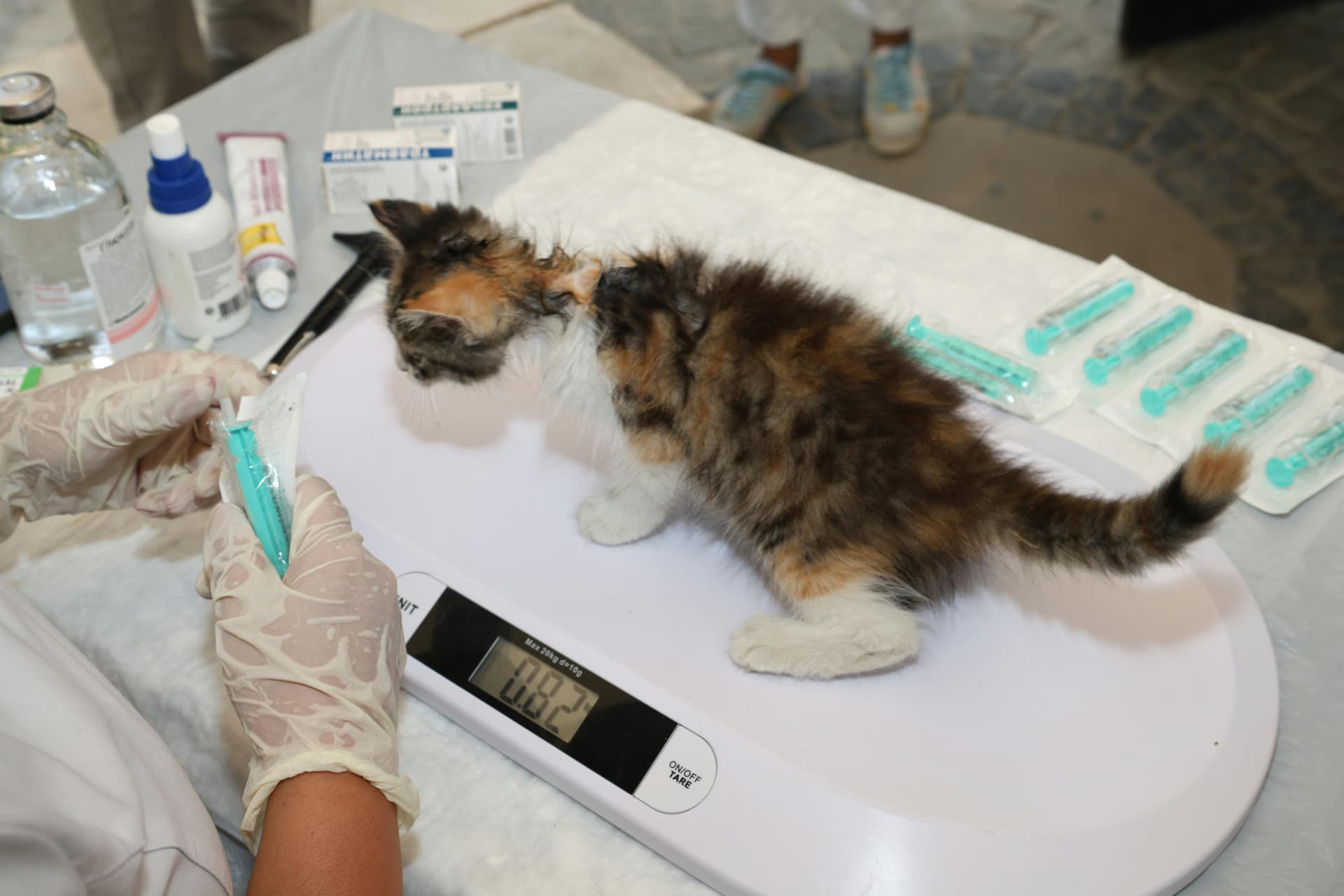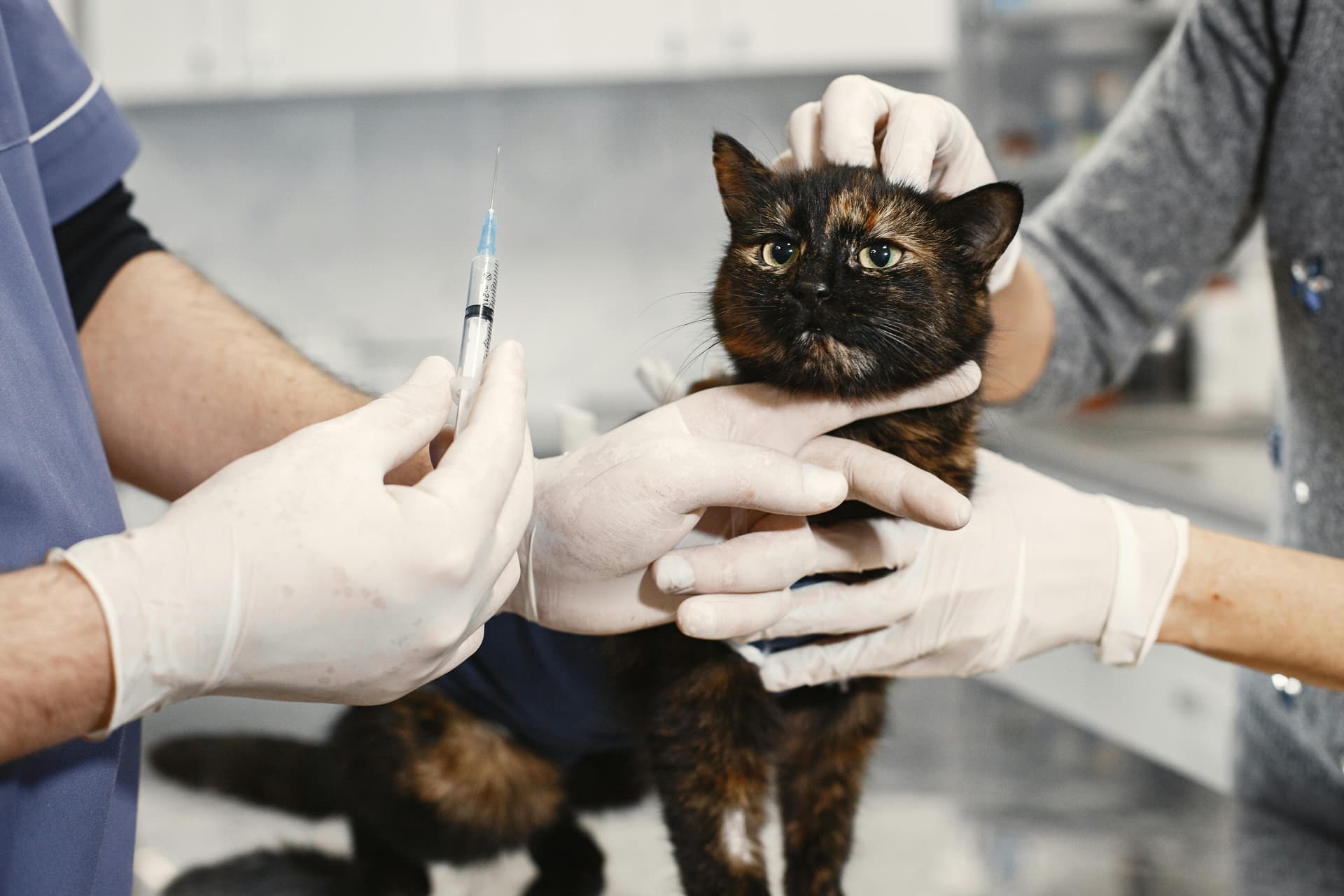Picture this: your dog is suddenly lethargic, refusing food, and whining in pain. You rush to the vet. Within minutes, you hear the words “emergency surgery” and a price tag of $3,000 to $8,000. At that moment, panic isn’t just about your pet, it’s about your wallet.
At PetCoverage.ai, we believe no pet parent should have to choose between lifesaving care and financial ruin. That’s why we built our Pet Insurance Calculator, to help families see how their policy would perform against real-world vet costs. Because the truth is, vet bills are rising fast, and without planning, even routine visits can leave you scrambling.
Let’s break down the actual numbers, real examples, and what every pet parent can do to stay prepared.
What Are the Most Common Vet Costs?
Routine care may feel manageable, but even those numbers add up. A typical wellness exam ranges from $50–$150, vaccines cost $20–$80 each, and annual bloodwork averages $150–$300. For dental cleanings, most clinics charge between $500 and $1,000, depending on anesthesia and x-rays.
According to a Rover survey, 43% of dog parents are concerned about the rising cost of pet care. Rover’s research shows that a dog’s lifetime care can range from $16,440 for a small breed to $52,075 for a large breed, with costs varying significantly by breed, size, and health conditions. That means even without emergencies, vet costs can easily match or exceed a month’s rent for many families.
Key takeaway here: Routine costs are predictable, but still significant. Without planning, preventive care can feel like “death by a thousand cuts,” especially if you manage multiple pets.
Try our Pet Insurance Calculator today to see how wellness and preventive care stack up against your budget.

Emergency Vet Costs: The Numbers That Shock Pet Parents
Emergencies are where financial pain really sets in. According to recent data:
Emergency exam fees: $150–$250 before any tests are done.
X-rays and imaging: $200–$1,500 depending on complexity.
Foreign object removal (like swallowed toys): $2,000–$10,000.
Orthopedic surgeries (like ACL repair): $3,000–$7,000.
Cancer treatment: $4,000–$10,000+, depending on rounds of chemo.
One report from Trupanion shared a real claim where a dog’s treatment for bloat (a twisted stomach) cost $3,525, while ongoing diabetes management hit nearly $10,500. Those are not rare cases, they’re happening in vet clinics every single day.
Upload your policy to PetCoverage.ai for a free review, we’ll show you if your coverage is enough for these real costs.
Case Study: How One Pet Parent Faced $7,800 in Vet Bills
Consider this example: a family in California had a Golden Retriever diagnosed with hip dysplasia, requiring surgery and long-term medication. The total bill came to $7,815. Without insurance, they would have been forced to take on debt or delay care. With a strong accident & illness plan, nearly 80% of the costs were reimbursed, turning an overwhelming expense into something manageable.
At PetCoverage.ai, we’ve seen countless examples like this. Our calculator allows you to simulate these scenarios. Instead of guessing, you can see whether your deductible, reimbursement rate, and annual limit will truly protect you.
How to Deal With Vet Costs When They Stack Up
Facing vet bills can feel like a losing game, but there are strategies to stay ahead:
Plan for preventive care. Budget annual exams, vaccines, and parasite prevention.
Use insurance for the big stuff. Accident & illness coverage exists for emergencies, not just routine care.
Ask about direct-pay options. Some insurers now pay vets directly, reducing the need for out-of-pocket payments.
Set aside an emergency pet fund. Even $20–$50/month helps cover deductibles.
Warning: Many pet parents assume their wellness plan will cover emergencies. It won’t. Without accident & illness coverage, you’re still responsible for thousands in bills.
Review your current plan today. Don’t wait until you’re staring at an estimate in the ER.
How to Lower Vet Costs Without Sacrificing Care
If you’re struggling with expenses, here are practical ways to reduce the hit:
Compare vets in your area. Prices vary widely for the same procedures.
Use low-cost clinics. Many shelters and nonprofits offer affordable spay/neuter and vaccines.
Bundle services. Ask your vet about wellness packages that include exams, vaccines, and dental discounts.
Leverage pet insurance smartly. Tailor deductibles and reimbursement rates to balance premium cost with real protection.
Our calculator helps visualize these trade-offs, showing how adjusting deductibles or coverage limits impacts your out-of-pocket risk.
How Can Pet Owners Cover Emergency Vet Costs?
When faced with a $5,000 bill, most families don’t have immediate cash. Here’s how pet parents make it work:
Pet insurance: The strongest safety net, reimbursing covered expenses.
Payment plans: Some clinics offer financing, though interest can pile up.
Care credit cards: Specialized credit lines for medical and veterinary care.
Emergency savings: A dedicated pet fund, even if small, makes a difference.
The best approach? Combine pet insurance with a modest emergency fund so you’re never forced to delay care.

Frequently Asked Questions (FAQs)
1. What are the most common vet costs?
Annual exams, vaccines, and dental cleanings are most common, typically adding up to $700–$1,500 per year.
2. How to deal with vet costs when they’re too high?
Use insurance for emergencies, compare clinics for routine care, and ask about payment options.
3. How to lower vet costs without cutting quality?
Look for wellness packages, nonprofit clinics, and tailor your insurance policy to fit your budget.
4. How can pet owners cover emergency vet costs?
Insurance, financing, and savings are the top options. The key is to plan before an emergency strikes.
Key Takeaways
In exploring real-world vet costs, one truth stands out: without planning, families face impossible choices in emergencies. Here are three takeaways:
Routine costs are steady but significant. Exams, vaccines, and dental cleanings add up fast.
Emergencies break budgets. Surgery and hospitalization often range from $2,000 to $10,000+.
Planning protects your pet and wallet. Use insurance plus an emergency fund to stay ready.
Don’t wait until you’re in the ER to discover gaps in your policy. Try the Pet Insurance Calculator at PetCoverage.ai today, or upload your policy for a free review.
Stay connected with us on Facebook, Instagram, TikTok, and LinkedIn for more insights on pet insurance, cost-saving strategies, and real stories from pet parents like you.






